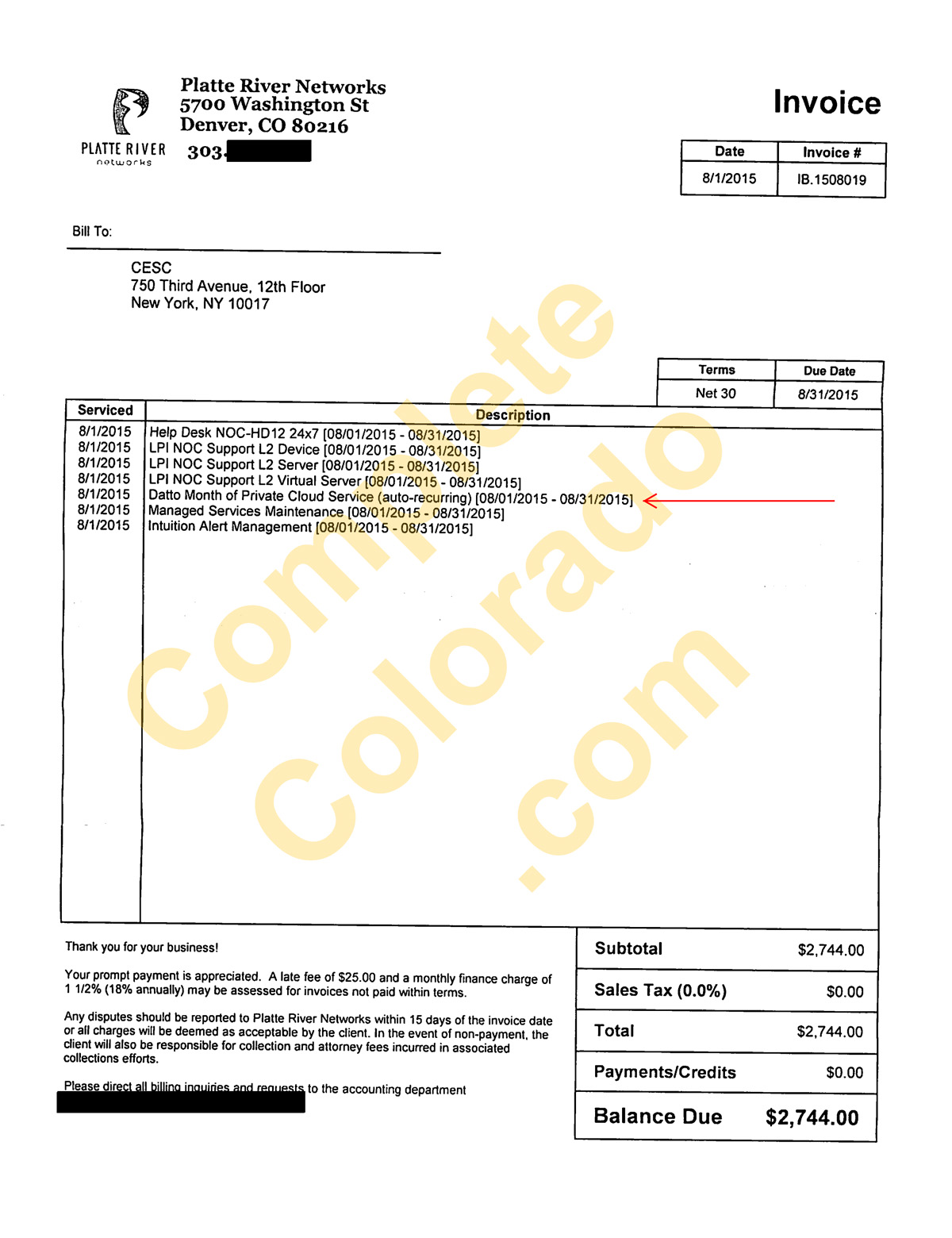Was Border Patrol ordered to deny?
Customs and Border Patrol: Agency has ‘no info’ on report ‘Chapo’ Guzman snuck into U.S.
FoxLatino: Mexican drug lord Joaquín “El Chapo” Guzmán allegedly snuck into the United States twice last year while on the run from authorities following his dramatic prison escape.
The cartel boss’s daughter, Rosa Isela Guzmán Ortiz, said that shortly after “El Chapo” sat down for his Rolling Stone Magazine interview with Sean Penn, he escaped capture with the help of corrupt Mexican officials and evaded U.S. Border Patrol to sneak into California.
Guzmán Ortiz would not disclose the location in southern California where the drug lord was holed up, but said he came to visit her at her five-bedroom house which the drug kingpin bought for her and her four children.
“My dad deposited the money in a bank account with a lawyer and a while after he came to see the house, his house. He came twice,” Guzmán Ortiz told the Guardian.
The claims made by Chapo’s daughter cannot be independently verified and are likely to raise concerns among intelligence authorities in both the U.S. and Mexico.
Jacqueline Wasiluk, a Customs and Border Protection spokeswoman, told the Washington Post
on Friday that the agency has “no information that substantiates the claims in news reports” about Guzmán.
Guzmán Ortiz said that she doesn’t know specifically how the drug lord arrived in the U.S. but that “El Chapo” allegedly paid off high-level Mexican officials.
“All I know is that my dad told his lawyer to deliver some checks to [a politician’s] campaign, and asked that he respect him,” she said.
The bombshell story from Guzmán Ortiz comes after “El Chapo’s” lawyer said the drug lord asked him to negotiate with U.S. authorities for a lighter sentence and confinement at a medium-security prison.
The cartel boss was recaptured in early January during a raid by Mexican Marines, which took place in the city of Los Mochis. During the raid, five suspects were killed and six – including Guzmán – were arrested. Marines seized two armored vehicles, eight rifles, one handgun and a rocket-propelled grenade launcher.
He escaped from incarceration last July through a mile-long tunnel dug to what authorities say was a building in plain sight of the Altiplano prison that was set up specifically for the prison break. The tunnel leading from the drug lord’s cell to the building was equipped with a ventilation system and a customized motorcycle.
Guzmán has been indicted on a number of federal jurisdictions throughout the U.S., among them Brooklyn, Manhattan, Chicago and Miami, as well as other cities where the Sinaloa Cartel operates.
Mexican drug lord Guzman seeks to speed up extradition to U.S.
MEXICO CITY (Reuters) – Captive Mexican drug lord Joaquin “El Chapo” Guzman is attempting to accelerate his extradition to the United States in the hope that he will be treated better in prison there, his lawyers said on Wednesday.
Guzman, who has twice escaped from Mexican maximum security prisons, was captured in Mexico in January, six months after his last jailbreak. The Mexican government quickly said it would initiate extradition proceedings for him to the United States.
The world’s most notorious drug kingpin undertook legal steps to block his extradition, but his lawyers said he was so fed up with his treatment in Mexico that he was looking to move.
“He asked me to do whatever we could to put a stop to the situation he’s in, ‘I just want them to let me sleep,’ he kept saying and told me ‘try to get the quickest extradition possible for me, try and see about speaking to the U.S. government,'” one of the lawyers, Jose Refugio Rodriguez, told local radio.
Guzman has also complained about the amount of communication he is allowed with his family, being excessively cooped up in his cell, and that his cell is too cold, the lawyers said.
A second lawyer, Juan Pablo Badillo, told Reuters by telephone that the process would still take time.
“Since I was able to speak to (Guzman) from Feb. 15, he said he would analyze how we could start this process. It would definitely need to be subject to an agreement with the United States,” Badillo said.

